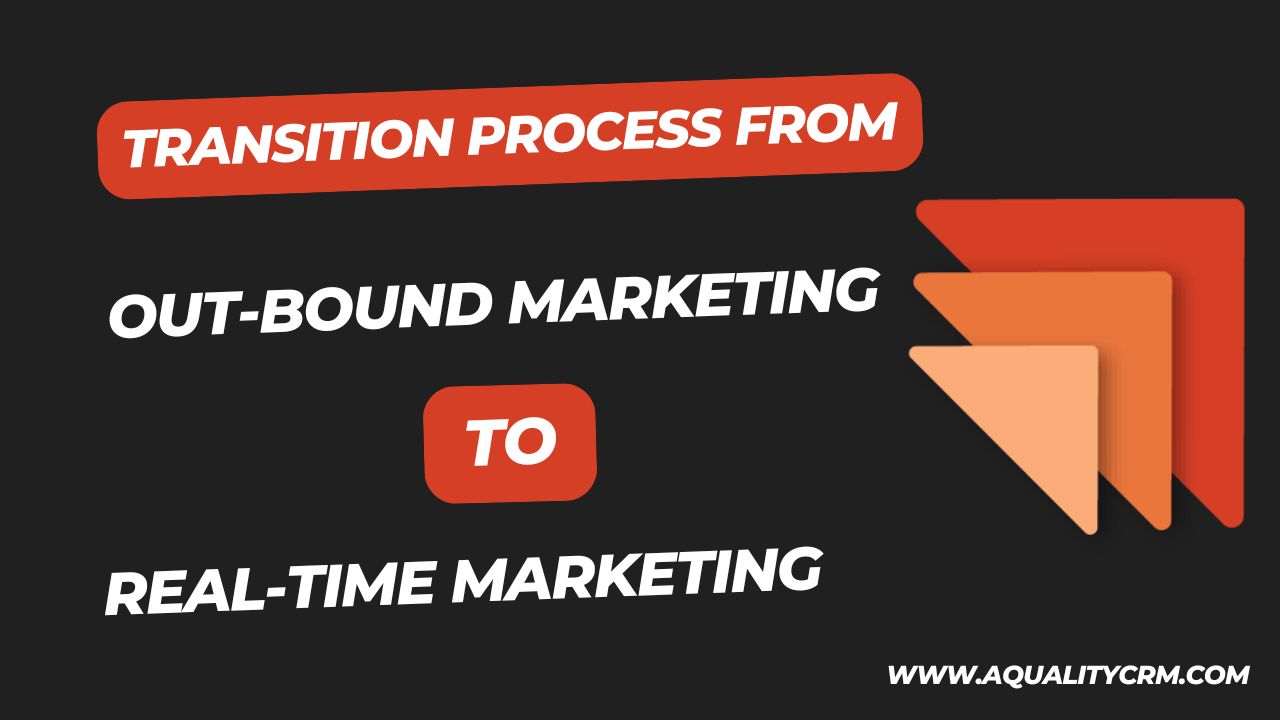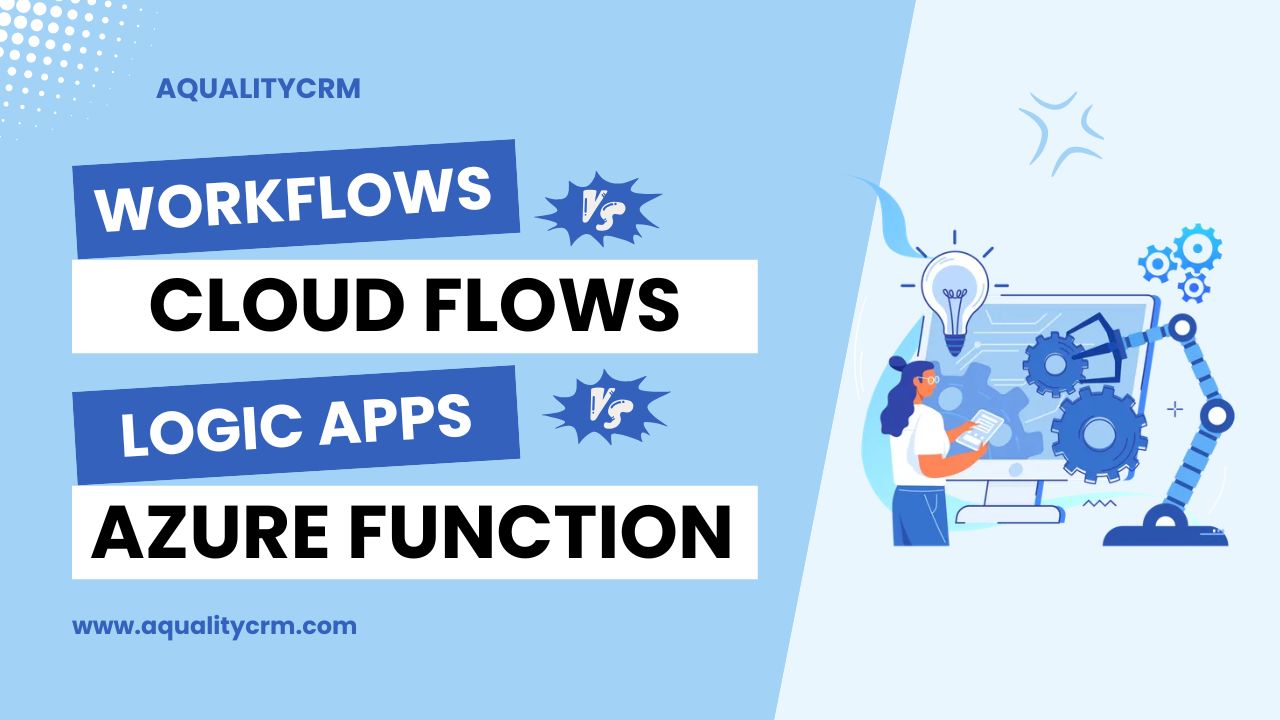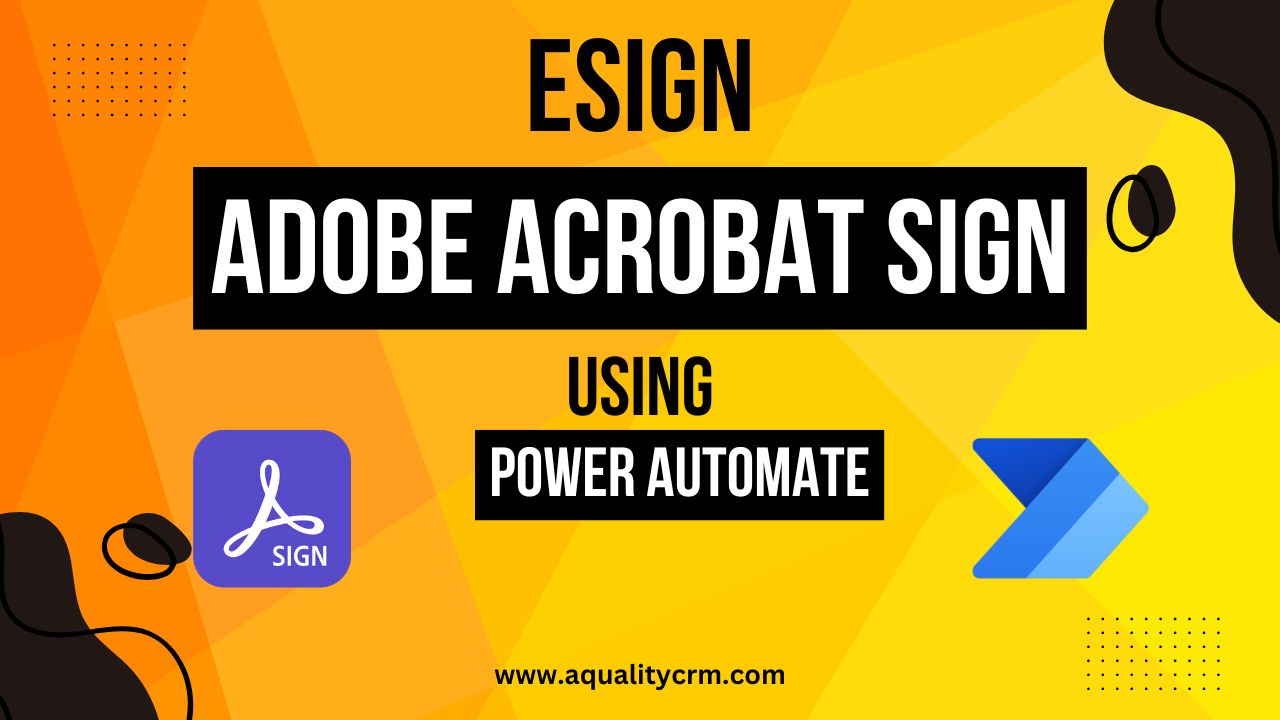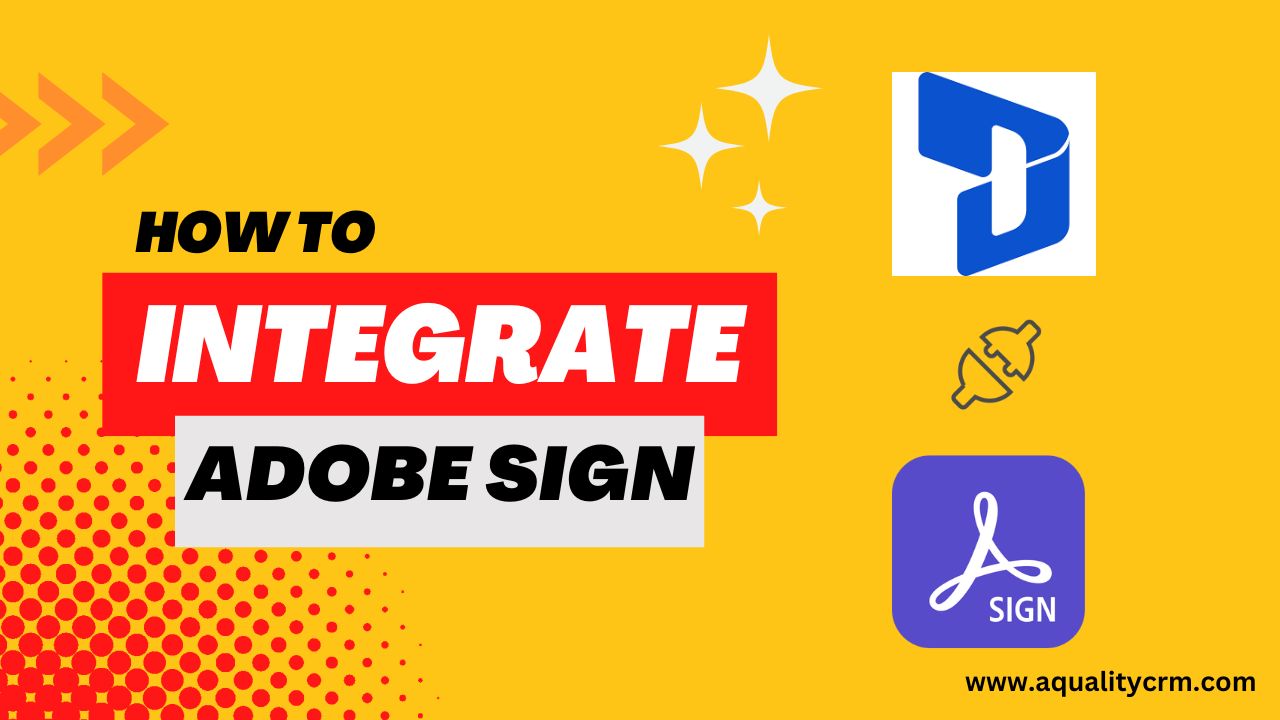With Microsoft announcing the retirement of Outbound Marketing in Dynamics 365 by June 2025, organizations must prepare to transition to Real-time Marketing to stay ahead. This shift represents a significant evolution in marketing automation, introducing more responsive, customer-centric features. Whether you are new to Real-time Marketing or transitioning from Outbound Marketing, this guide will help you navigate the change seamlessly.
Understanding the Dynamics 365 Marketing Landscape
Before diving into the transition, it’s important to identify where you currently stand:
- Starting Fresh with Real-time Marketing: If you have recently implemented Dynamics 365 Customer Insights Journeys without using Outbound Marketing, you are already in the right place.
- Exploring Real-time Marketing: If you’ve experimented with Real-time Marketing but still rely on Outbound Marketing, you’ll need a structured approach to transition fully.
- Reliant on Outbound Marketing: If you are still using Outbound Marketing for complex customer journeys and campaigns, it’s time to strategize your migration before the platform sunsets.
What’s Changing? Outbound vs. Real-time Marketing Features
| Feature | Outbound Marketing | Real-time Marketing |
|---|---|---|
| Compliance Handling | Contact Attributes | Compliance Profiles |
| Email Marketing | Yes | Yes |
| Forms | Yes | Yes (Rebuilt) |
| SMS Messaging | Custom Channel | Out-of-the-box |
| Lead Scoring | Yes | Yes (Evolving) |
| Segmenting | Yes | Yes |
| Triggers | No | Yes |
| Branding | Content Settings | Brand Profiles |
| Marketing Websites | Yes | No (Coming Soon) |
| Website Tracking | Yes | No (Coming Soon) |
| Social Posting | Yes | No |
| LinkedIn Lead Gen | Yes | No |
Key Takeaway: Outbound Marketing is not receiving new feature updates. To leverage the latest advancements in AI-driven, real-time customer engagement, transitioning to Real-time Marketing is essential.
Six Essential Steps for a Successful Transition to Real-time Marketing
1. Understanding Consent Management
Consent handling is fundamentally different between Outbound and Real-time Marketing:
- Outbound Marketing: Uses attributes in the contact record (e.g., “bulk email” settings).
- Real-time Marketing: Employs compliance profiles, purposes, and topics, allowing more granular consent management.
Organizations should update their consent collection strategies to align with Real-time Marketing’s compliance framework.
Tips:
- Create a real-time journeys preference center based on a compliance profile.
- Configure topics that match subscription lists.
- Use the Load Consent tool to copy consent from contacts and subscription lists.
- Switch emails to use the newly created compliance profile.
- Recreate segments based on topics (optional).
2. Rebuilding Forms in Real-time Marketing
Forms from Outbound Marketing cannot be migrated. Instead, businesses must manually recreate them within Real-time Marketing, ensuring they align with the latest consent and compliance structures.
- Marketing pages will continue access from front end but won’t be able to update from backend as outbound marketing will be removed
- Need to recreate Marketing Pages
- Real-time Marketing form has more capabilities than outbound marketing. Real-time marketing form allow to add entity fields directly on the form instead of creating form fields and map it.
3. Importing Emails and Templates
Unlike forms, emails and templates can be imported into Real-time Marketing. However, copying HTML directly is not recommended, as it may cause functionality issues. Use the built-in import feature for seamless migration.
Tips:
- Cannot utilised outbound email directly in real time marketing
- Import email and email templates in real time marketing by tool
- Utilize Brand Profile capabilities to maintain consistency and reusability
4. Transitioning Segments and Customer Data
Outbound Marketing segments will carry over to Real-time Marketing but require adjustments. Behavioral-based segments (e.g., form fills, email clicks) need to be recreated using Real-time Marketing’s interaction tracking.
- There are two options to configure segments from Outbound to Real-time marketing
- Manually rebuild all segments
- Segment Migration Solution
- Need to install Power App solution
- User must have created segment permissions in real-time marketing
- Maximum 2000 segments will be migrated
- Migrated segment contain prefix “Migrated – “
- Migrated segments will be in draft state only (even though it is published in outbound segment)
- Do not export segments where segment definition is blank, or segment is expired
- Behavioural and interaction segment migration does not support
- Static segment that has more than 100 members does not support
- Complex segment that contains multiple nested conditions does not support
- Segments that contain traversal of entities (starting with an entity and navigating to contact) does not support
- If we have utilised Outbound Segment in real-time journey, then it won’t refresh or work once Outbound Marketing will be removed from Customer Insight.
5. Adapting Customer Journeys
Migrating journeys is often the most complex part of the transition. Consider these scenarios:
- Single-step journeys (one email to a segment): Recreate in Real-time Marketing and deactivate the old version.
- Multi-step journeys: Customers may be in different phases of the journey, requiring a structured cut-off plan to avoid disruptions.
- Triggered journeys: Since triggers were not available in Outbound Marketing, new workflows must be built using Real-time Marketing’s event-based automation.
Tips:
- Cannot transfer journey automatically from outbound to real time marketing.
- Need to rebuild it manually in real time journey
- Utilize quite time feature to interact with customer at their preferred times and prevent nighttime, weekend or holiday etc.
6. Evaluating Lead Scoring & Advanced Features
Real-time Marketing introduced lead scoring in August 2023, but the feature is still evolving. Businesses should test and refine their scoring models before fully transitioning.
- Cannot migrate existing scoring model from outbound to real time marketing.
- Need to configure it manually.
Challenges and Considerations
What’s Missing in Real-time Marketing?
Some Outbound Marketing features will not be included in Real-time Marketing:
🚫 Social Posting – No plans to integrate.
🚫 Redirect URLs & Personalized Pages – Not available.
🚫 LinkedIn Lead Generation – No integration planned.
🚫 Form & Journey Templates – Only email templates are available.
While Microsoft is adding new capabilities, businesses should evaluate their marketing needs to identify workarounds for missing features.
The Time to Transition is Now
The shift from Outbound Marketing to Real-time Marketing is more than just a technical upgrade – it’s a transformation in how businesses engage with customers in a dynamic, data-driven world. Given Microsoft’s June 2025 deadline, companies must start planning their transition immediately to avoid last-minute disruptions.
By following this structured six-step migration plan, organizations can seamlessly embrace Real-time Marketing, ensuring they remain competitive, compliant, and future-ready.





